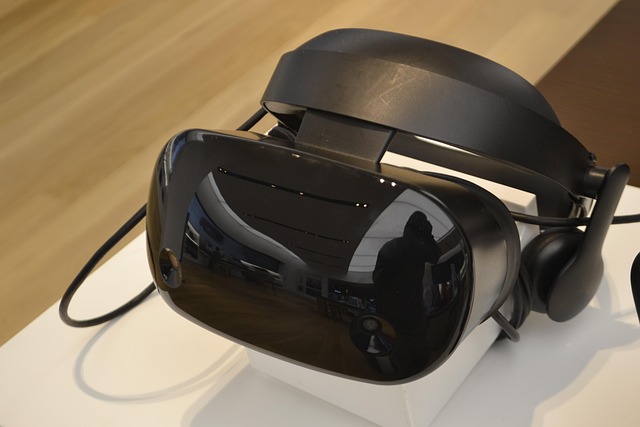The gaming landscape has evolved tremendously over the past few years, largely driven by technological advancements that have redefined user interaction. As players, we yearn for immersive experiences that transport us to other worlds, make our hearts race, and engage us on a deeply personal level. With the advent of Virtual Reality (VR), Augmented Reality (AR), and the Metaverse, the boundaries of user interaction in gaming are constantly being pushed to new heights.
Virtual Reality has taken user interaction to unparalleled levels, allowing gamers to step into digital realms that were once confined to their screens. With VR headsets, players are no longer mere spectators; they become active participants in vivid, three-dimensional environments. Imagine battling fierce dragons, exploring ancient ruins, or scaling towering mountains—all with body movements that make you feel as though you really are there. This tactile engagement enhances not just the gaming experience but also fosters a sense of presence and connection that traditional gaming platforms simply cannot replicate.
On the other hand, Augmented Reality adds a layer of interaction that seamlessly merges the real world with the digital. By overlaying virtual elements onto the physical environment, AR creates a unique context for user interaction that is both engaging and innovative. Take Pokémon GO, for example: players interact with characters that appear in their real-world surroundings, encouraging physical activity and social interaction. This fusion of reality and gameplay enhances our connection with the environment around us, making gaming a communal experience that can be enjoyed anywhere.
Then we have the Metaverse—a term that has quickly become synonymous with the future of gaming and online interactions. This expansive digital universe allows for a rich tapestry of user interaction, where players can create avatars, construct digital homes, hold virtual gatherings, and even engage in economic activity. The Metaverse represents a convergence of various gaming elements, making it a hub where creativity can flourish and user interaction can evolve. Imagine attending a concert with thousands of other players, chat rooms buzzing with life, and meaningful interactions occurring in real time, blurring the lines between online and offline experiences.
As the gaming industry continues to innovate, user interaction will lay the foundation for engagement and community building. The rise of VR, AR, and the Metaverse signals exciting possibilities for gamers who crave more than just entertainment; they seek genuine experiences that resonate on a personal level. Whether you are navigating the cosmos in VR or hunting for creatures in your backyard with AR, the future of gaming is set to foster connections and fantasies that will redefine what it means to play.




